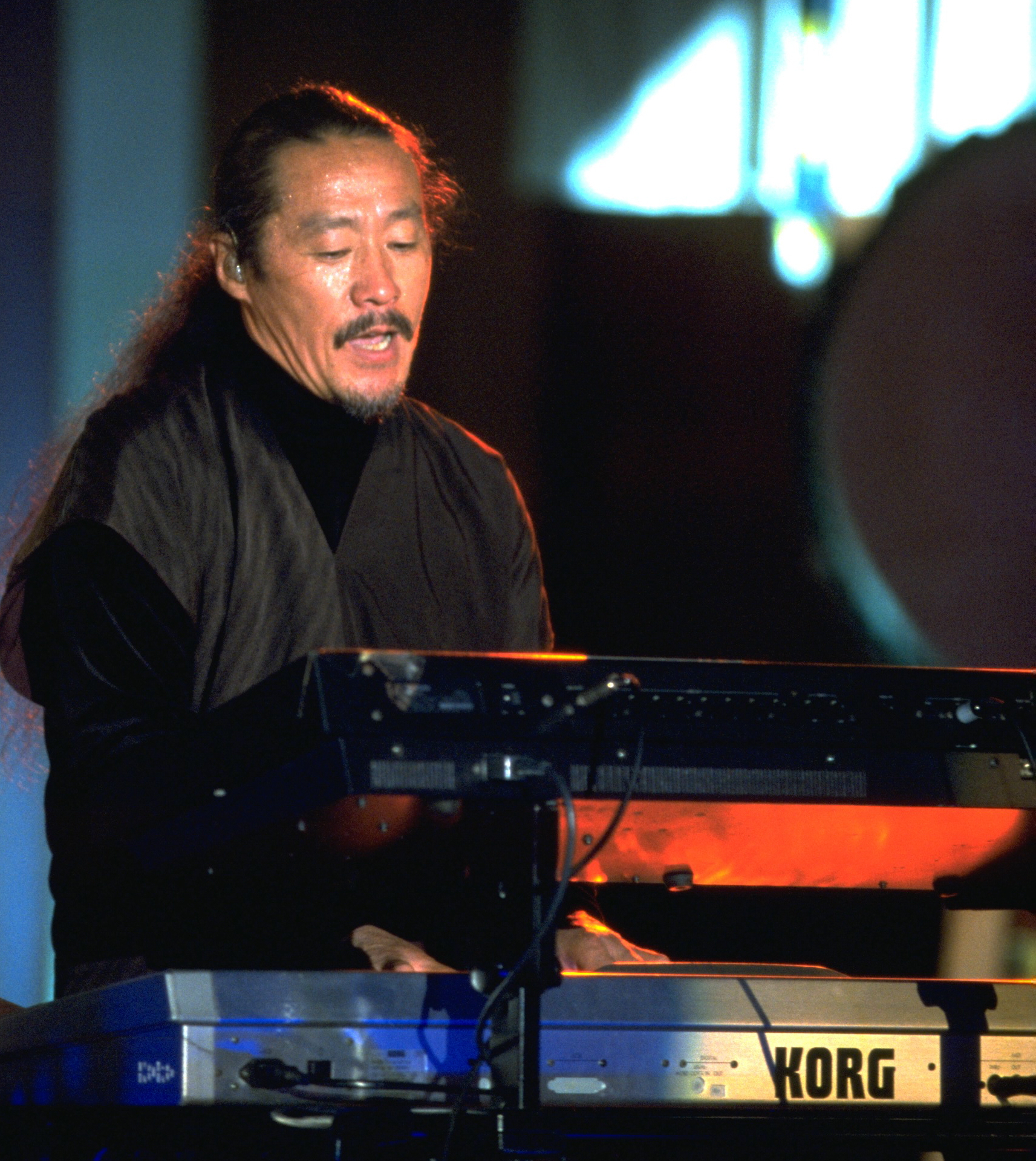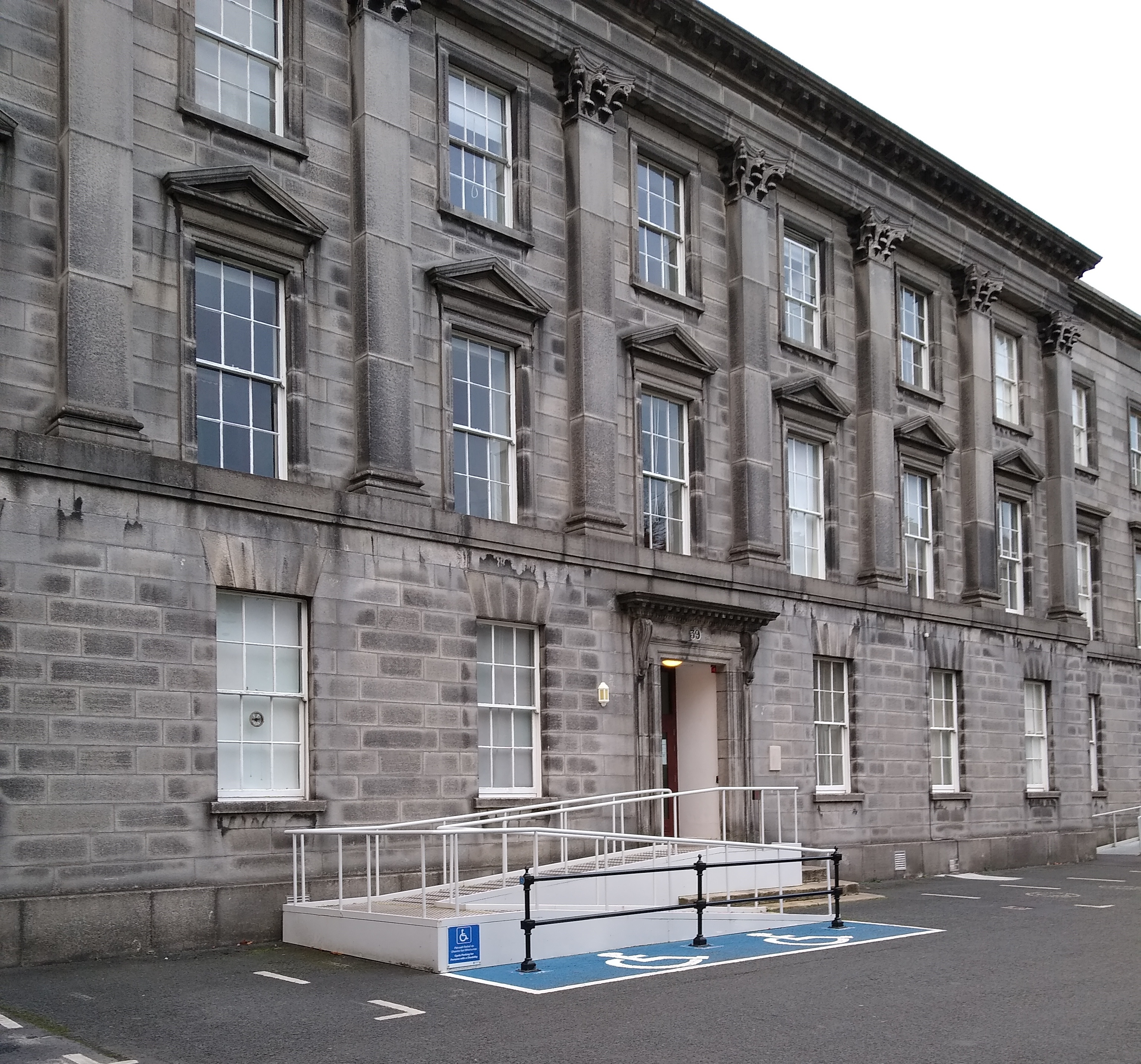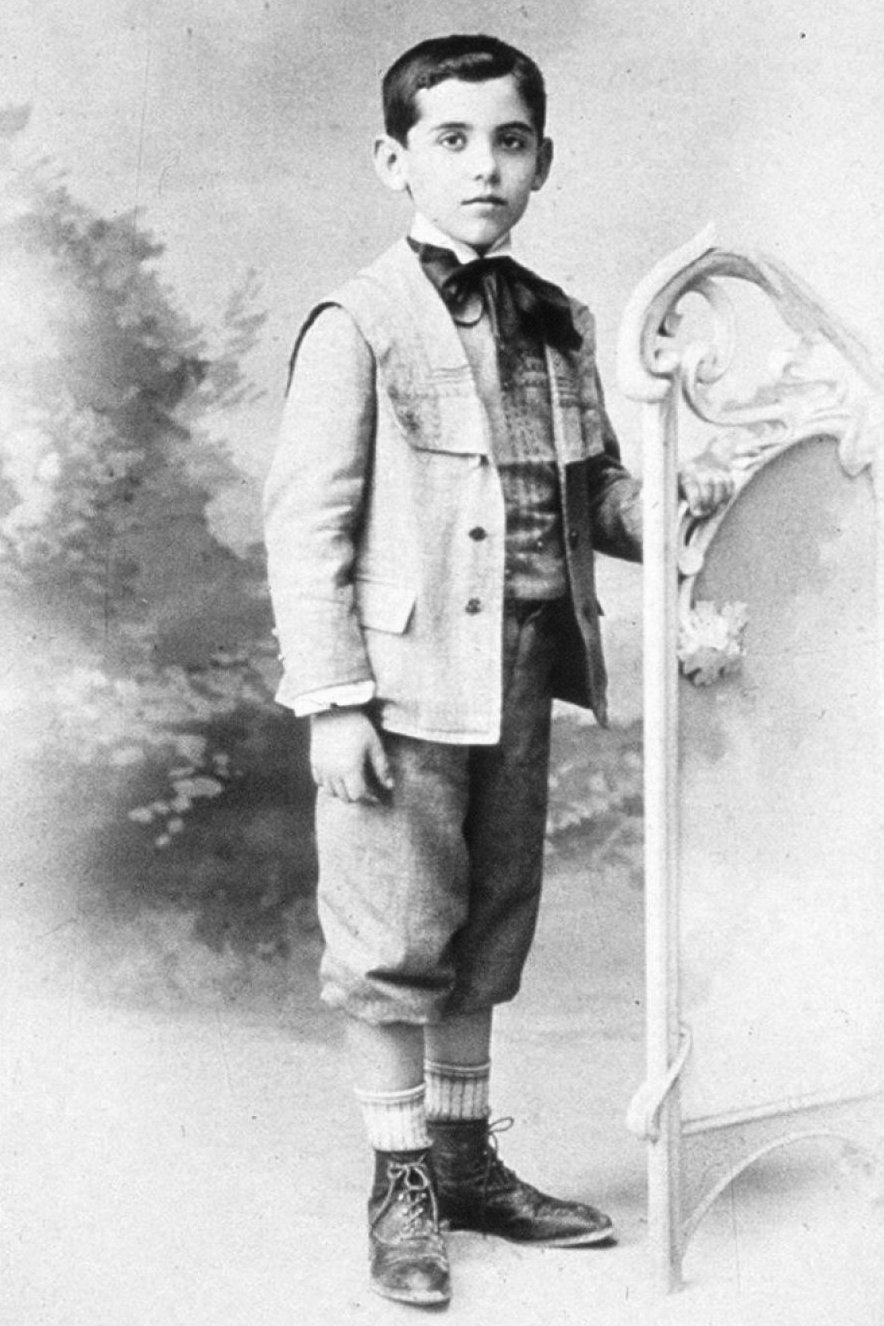|
Super Naim Experience
''Super Naim Experience'' is the first Stefano Lentini album. Produced in 1999 by Lentini and Laura Polimeno. It is a collection of poems by Emily Dickinson, Samuel Beckett and Federico García Lorca, with original music by Lentini. The album was released in September 1999 with the collaboration of klezmer musicians from the band Klezroym and the Kurdish percussionist, Mhossen Kassirosafar. Regarding ''Super Naim Experience'', Lentini said, "I was trying to create a new route for classical Lieder into a popular, folkish way." Track listing #"E.D." - 5:53 #"Ye Mariners All" - 2:53 #"Medley 1943/Dieppe/Saint-Lo" - 2:56 #"Mrs. Gloom" - 5:35 #"Maggio/Trasmundo" - 6:42 Personnel *Production **Paolo Modugno - recording and mixing **Stefano Lentini and Laura Polimeno - producers *Performing artists **Stefano Lentini Stefano Lentini (born 26 November 1974) is a music composer based in Rome, Italy. He has composed and produced music extensively for film, television and theatre, work ... [...More Info...] [...Related Items...] OR: [Wikipedia] [Google] [Baidu] |
Stefano Lentini
Stefano Lentini (born 26 November 1974) is a music composer based in Rome, Italy. He has composed and produced music extensively for film, television and theatre, working in a large variety of genres. His first instrument was a classic guitar made by his grandfather, who was a carpenter, out of some old wardrobe doors. He started composing and recording music at a very early age. A multi-instrumentalist, Lentini is known for his use of original tunes on guitar, but also plays piano, bass, drums, flute, lute and several other instruments, often playing all of these on his albums through the use of multitrack recording. This multitude of instruments, including string orchestrations, figure prominently in his compositions, giving his music a symphonic sound. Stefano Lentini's television work has screened in Italy and around the world, and includes the TV Series he Sea Beyond The Red Door SE01-02, Braccialetti Rossi SE01-SE02-SE03" (International Emmy Kids Awards nominee), "El Maes ... [...More Info...] [...Related Items...] OR: [Wikipedia] [Google] [Baidu] |
Folk Music
Folk music is a music genre that includes traditional folk music and the contemporary genre that evolved from the former during the 20th-century folk revival. Some types of folk music may be called world music. Traditional folk music has been defined in several ways: as music transmitted orally, music with unknown composers, music that is played on traditional instruments, music about cultural or national identity, music that changes between generations (folk process), music associated with a people's folklore, or music performed by custom over a long period of time. It has been contrasted with commercial and classical styles. The term originated in the 19th century, but folk music extends beyond that. Starting in the mid-20th century, a new form of popular folk music evolved from traditional folk music. This process and period is called the (second) folk revival and reached a zenith in the 1960s. This form of music is sometimes called contemporary folk music or folk rev ... [...More Info...] [...Related Items...] OR: [Wikipedia] [Google] [Baidu] |
New-age Music
New-age is a genre of music intended to create artistic inspiration, relaxation technique, relaxation, and optimism. It is used by listeners for yoga, massage, meditation, and reading as a method of stress management to bring about a state of ecstasy (emotion), ecstasy rather than trance, or to create a peaceful atmosphere in homes or other environments. It is sometimes associated with environmentalism and New Age, New Age spirituality; however, most of its artists have nothing to do with "New age spirituality", and some even reject the term. New-age music includes both Acoustic music, acoustic forms, featuring instruments such as flutes, piano, acoustic guitar and a wide variety of folk instrument, non-Western acoustic instruments, and electronic music, electronic forms, frequently relying on sustained synth pads or long Music sequencer, sequencer-based runs. Vocal arrangements were initially rare in the genre, but as it has evolved, vocals have become more common, especially tho ... [...More Info...] [...Related Items...] OR: [Wikipedia] [Google] [Baidu] |
Acoustic Music
Acoustic music is music that solely or primarily uses instruments that produce sound through acoustic means, as opposed to electric or electronic means. While all music was once acoustic, the retronym "acoustic music" appeared after the advent of electric instruments, such as the electric guitar, electric violin, electric organ and synthesizer. Acoustic string instrumentations had long been a subset of popular music, particularly in folk. It stood in contrast to various other types of music in various eras, including big band music in the pre-rock era, and electric music in the rock era. Music reviewer Craig Conley suggests, "When music is labeled acoustic, unplugged, or unwired, the assumption seems to be that other types of music are ''cluttered'' by technology and overproduction and therefore aren't as ''pure''." Types of acoustic instruments Acoustic instruments can be split into six groups: string instruments, wind instruments, percussion, other instruments, ensemble i ... [...More Info...] [...Related Items...] OR: [Wikipedia] [Google] [Baidu] |
Emily Dickinson
Emily Elizabeth Dickinson (December 10, 1830 – May 15, 1886) was an American poet. Little-known during her life, she has since been regarded as one of the most important figures in American poetry. Dickinson was born in Amherst, Massachusetts, into a prominent family with strong ties to its community. After studying at the Amherst Academy for seven years in her youth, she briefly attended the Mount Holyoke Female Seminary before returning to her family's home in Amherst. Evidence suggests that Dickinson lived much of her life in isolation. Considered an eccentric by locals, she developed a penchant for white clothing and was known for her reluctance to greet guests or, later in life, to even leave her bedroom. Dickinson never married, and most friendships between her and others depended entirely upon correspondence. While Dickinson was a prolific writer, her only publications during her lifetime were 10 of her nearly 1,800 poems, and one letter. The poems published the ... [...More Info...] [...Related Items...] OR: [Wikipedia] [Google] [Baidu] |
Samuel Beckett
Samuel Barclay Beckett (; 13 April 1906 – 22 December 1989) was an Irish novelist, dramatist, short story writer, theatre director, poet, and literary translator. His literary and theatrical work features bleak, impersonal and tragicomic experiences of life, often coupled with black comedy and nonsense. It became increasingly minimalist as his career progressed, involving more aesthetic and linguistic experimentation, with techniques of repetition and self-reference. He is considered one of the last modernist writers, and one of the key figures in what Martin Esslin called the Theatre of the Absurd. A resident of Paris for most of his adult life, Beckett wrote in both French and English. During the Second World War, Beckett was a member of the French Resistance group Gloria SMH (Réseau Gloria). Beckett was awarded the 1969 Nobel Prize in Literature "for his writing, which—in new forms for the novel and drama—in the destitution of modern man acquires its elevation". He ... [...More Info...] [...Related Items...] OR: [Wikipedia] [Google] [Baidu] |
Federico García Lorca
Federico del Sagrado Corazón de Jesús García Lorca (5 June 1898 – 19 August 1936), known as Federico García Lorca ( ), was a Spanish poet, playwright, and theatre director. García Lorca achieved international recognition as an emblematic member of the Generation of '27, a group consisting mostly of poets who introduced the tenets of European movements (such as symbolism, futurism, and surrealism) into Spanish literature. He initially rose to fame with '' Romancero gitano'' (''Gypsy Ballads'', 1928), a book of poems depicting life in his native Andalusia. His poetry incorporated traditional Andalusian motifs and avant-garde styles. After a sojourn in New York City from 1929 to 1930—documented posthumously in ''Poeta en Nueva York'' (''Poet in New York'', 1942)—-he returned to Spain and wrote his best-known plays, ''Blood Wedding'' (1932), ''Yerma'' (1934), and ''The House of Bernarda Alba'' (1936). García Lorca was gay and suffered from depression after the end ... [...More Info...] [...Related Items...] OR: [Wikipedia] [Google] [Baidu] |
Klezmer
Klezmer ( yi, קלעזמער or ) is an instrumental musical tradition of the Ashkenazi Jews of Central and Eastern Europe. The essential elements of the tradition include dance tunes, ritual melodies, and virtuosic improvisations played for listening; these would have been played at weddings and other social functions. The musical genre incorporated elements of many other musical genres including Ottoman (especially Greek and Romanian) music, Baroque music, German and Slavic folk dances, and religious Jewish music. As the music arrived in the United States, it lost some of its traditional ritual elements and adopted elements of American big band and popular music. Among the European-born klezmers who popularized the genre in the United States in the 1910s and 1920s were Dave Tarras and Naftule Brandwein; they were followed by American-born musicians such as Max Epstein, Sid Beckerman and Ray Musiker. After the destruction of Jewish life in Eastern Europe during the Holocau ... [...More Info...] [...Related Items...] OR: [Wikipedia] [Google] [Baidu] |
Lied
In Western classical music tradition, (, plural ; , plural , ) is a term for setting poetry to classical music to create a piece of polyphonic music. The term is used for any kind of song in contemporary German, but among English and French speakers, is often used interchangeably with " art song" to encompass works that the tradition has inspired in other languages as well. The poems that have been made into lieder often center on pastoral themes or themes of romantic love. The earliest lied date from the late fourteenth or early fifteenth centuries, and can even refer to from as early as the 12th and 13th centuries. It later came especially to refer to settings of Romantic poetry during the late eighteenth and nineteenth centuries, and into the early twentieth century. Examples include settings by Joseph Haydn, Wolfgang Amadeus Mozart, Ludwig van Beethoven, Franz Schubert, Robert Schumann, Johannes Brahms, Hugo Wolf, Gustav Mahler or Richard Strauss. History For Ger ... [...More Info...] [...Related Items...] OR: [Wikipedia] [Google] [Baidu] |
Tombak
The ''tombak'' (Persian: تمبک), ''tonbak'' (تنبک), or ''zarb'' (ضَرب) is an Iranian goblet drum. It is considered the principal percussion instrument of Persian music. The tombak is normally positioned diagonally across the torso while the player uses one or more fingers and/or the palm(s) of the hand(s) on the drumhead, often (for a ringing timbre) near the drumhead's edge. Sometimes, tombak players wear metal finger rings for an extra-percussive "click" on the drum's shell. Tombak virtuosi often perform solos lasting ten minutes or more. Description The tombak is a single-headed goblet drum is about 18 inches in height with a 28 centimetre diameter head. Its shell is carved from a single block of (sometimes highly figured, knotted or marbled) wood, maybe with a carved design or geometric pattern (such as furrows, flutes, diamonds and/or spirals—it is often a costly, heirloom-type or vintage musical instrument). At the bottom the shell is somewhat thicker tha ... [...More Info...] [...Related Items...] OR: [Wikipedia] [Google] [Baidu] |
Stefano Lentini Albums
Stefano is the Italian form of the masculine given name Στέφανος (Stefanos, Stephen). The name is of Greek origin, Στέφανος, meaning a person who made a significant achievement and has been crowned. In Orthodox Christianity the achievement is in the realm of virtues, αρετές, therefore the name signifies a person who had triumphed over passions and gained the relevant virtues. In Italian, the stress falls usually on the first syllable, (an exception is the Apulian surname ''Stefano'', ); in English it is often mistakenly placed on the second, . People with the given name Stefano * Stefano (wrestler), ring name of Daniel Garcia Soto, professional wrestler * Stefano Borgia (1731–1804), Italian Cardinal, theologian, antiquarian, and historian * Stefano Bertacco (1962–2020), Italian politician * Stefano Cagol (born 1969), Italian artist * Stefano Casiraghi (1960–1990), Italian socialite * Stefano Cavazzoni (1881–1951), Italian politician * Stefano Er ... [...More Info...] [...Related Items...] OR: [Wikipedia] [Google] [Baidu] |





.jpg)
